Cycling at night can be a daunting prospect, but it doesn't have to be if you're properly prepared.
Whether you're cycling on unlit roads deep into the night or simply riding home in the dark, now the clocks have changed here in the UK, there are obvious steps to take, such as fitting bike lights. But there are other ways in which you can make riding at night safer and more comfortable.
We asked Matt Woodcock, training manager at Cycling UK, and Chris Bennett, former head of behaviour change and engagement at Sustrans, for their advice on how to ride a bike at night safely.
And, if you’re a mountain biker, we’ve got tips for trail riding at night too.
1. Use appropriate lights

Bike light laws in the UK state you must run a front white light and a rear red light between sunset and sunrise.
The lights you need for cycling to work in town are very different from those you need to ride on unlit country lanes or off-road.
If there’s decent street lighting on your route, your light only needs to ensure you are seen by other road users. On dark roads or pitch-black trails, the lights have to illuminate the road or trail ahead of you.
“If you’re riding along unlit country lanes, you’ll need a different lighting setup to riding in an urban setting – or you may need to have a mix of lights if you’re riding through both environments,” says Woodcock.

Whereas a lower-power blinky might work as a front light in town, you’ll need a much more powerful front light for a mountain bike ride or country lane.
The best bike lights for road cycling and commuting start at about 400 lumens and generally top out at around 800 lumens. You'll want more powerful mountain bike lights for off-road riding. In all cases, you should have a red rear light. You could also consider a rearview radar light to alert you to vehicles approaching from behind.
If your budget can't stretch that far or the roads you will be riding on are street-lit and you just want to be seen by cars, a pair of the best budget bike lights might work for you.
Research shows that using a mix of steady and flashing bike lights is usually the best option if you want to maximise visibility. The flashing light can help make sure you're noticed in crowded urban settings and the steady light won't distort other road users' depth perception.
Off-road, a helmet light will light up turns and hazards better than a bar-mounted one because it points where you want to go, rather than where the bike is heading, and is mounted higher up. But keep it lightweight – a heavy one will be uncomfortable and may shift your helmet around as you move.
2. Ride where you can be seen
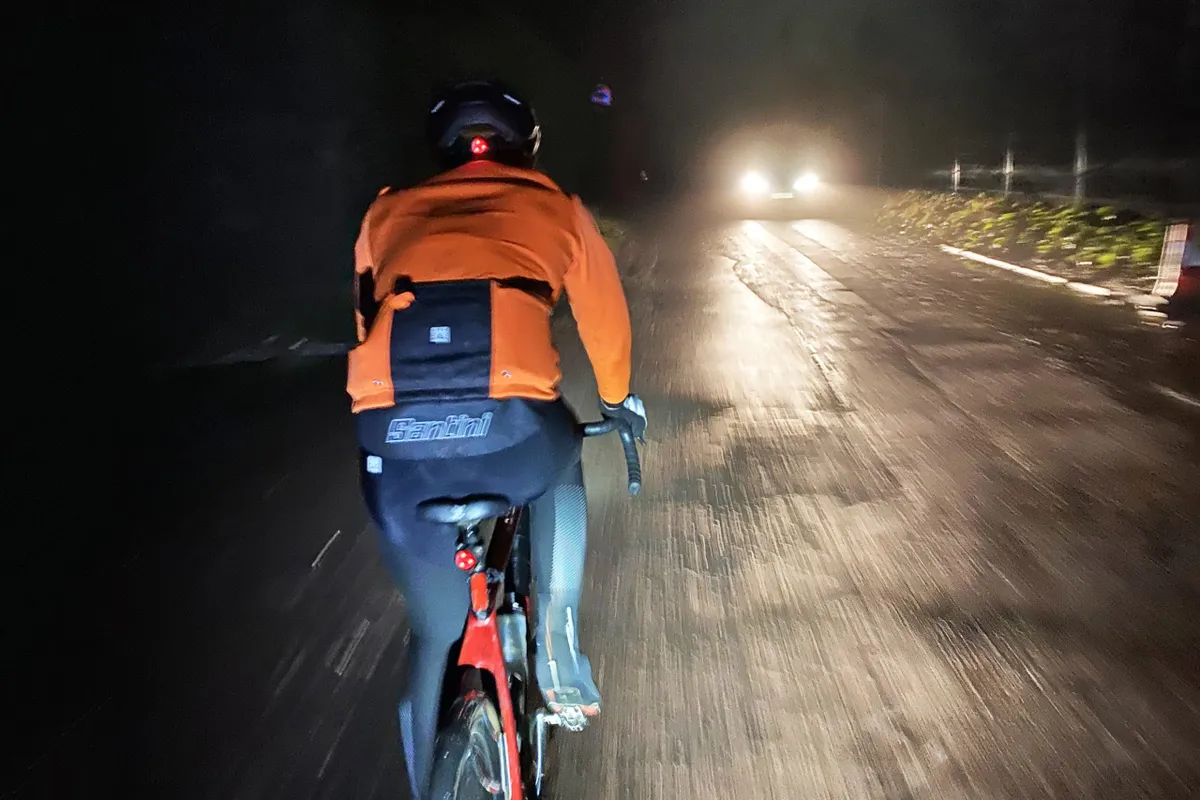
Upping your visibility on the roads at night isn't just a question of lighting yourself up. In general, drivers are looking ahead, so you want to make sure you’re in their field of vision.
That means riding a little way out into the road – around 70cm to 1m. That way, you should also avoid the worst of the obstacles at the side of the carriageway, such as potholes and drain covers.
“When cycling at night, ride in the right position to be seen clearly. Make your intentions known to others earlier than you would in daylight,” says Cycling UK’s Woodcock.
3. Add reflectives
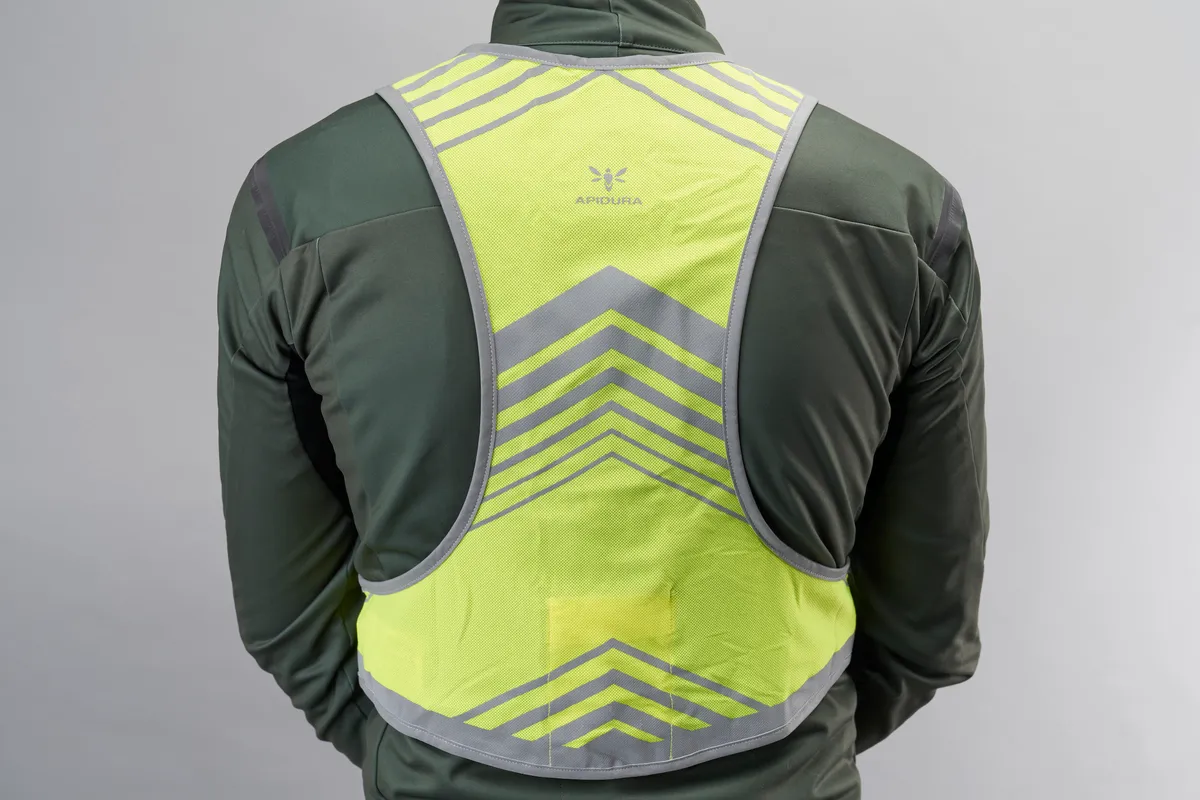
“The other legal requirement is to have a white reflector (front), red reflector (rear) and pedal reflectors,” Woodcock points out.
“Studies have shown that having reflectors on your pedals, or ankles, will help you stand out more because other road users notice the elliptical movement of the pedal strokes,” he continues.
Bennett suggests you go beyond this to up your visibility. “On top of the legal requirement to have a front white light, a rear red light, plus reflectors at night, you should ensure that you’re seen from side-on,” he says.
That’s something to consider when buying bike lights – do they offer any side visibility? Reflective detailing on key parts of your kit, or on a cycling backpack if you’re commuting, can also help.
“Reflective gear has been shown to be seen better than hi-vis wear at night,” adds Woodcock. “Having reflective piping on your clothing, especially your gloves, will help others see you and your hand signals.”
4. Don’t dazzle oncoming vehicles
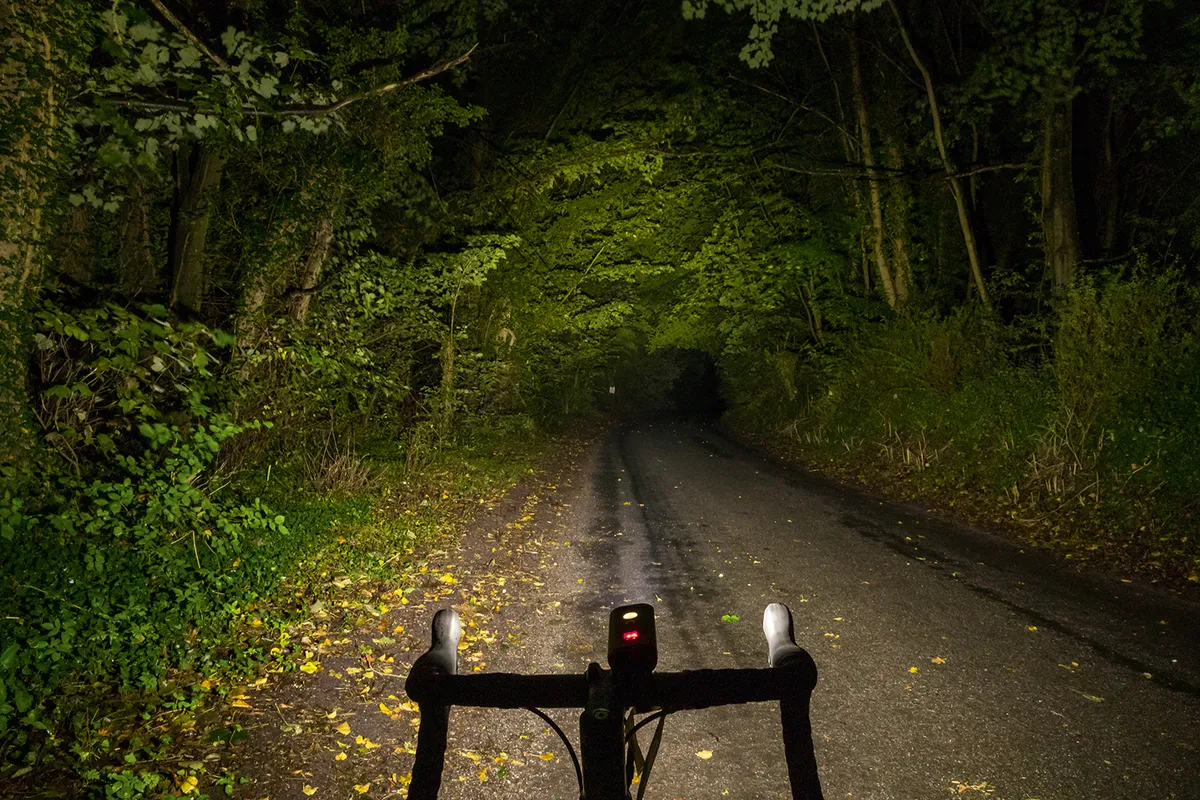
Some high-powered front lights have brighter beams than car headlights. “Be aware of the dazzle some powerful lights can cause to others, so ensure that you direct your beam of light down to the road surface to avoid blinding drivers,” says Woodcock.
Some road-specific lights – such as those that comply with Germany's StVZO light regulations – have a beam pattern shaped to avoid dazzling other road users.
If you’ve got an off-road-ready front light, it’s a good idea to dial down its brightness or switch to a flashing mode if you have to ride on the tarmac for a while. That will conserve your battery, too.
5. Have back-up lights
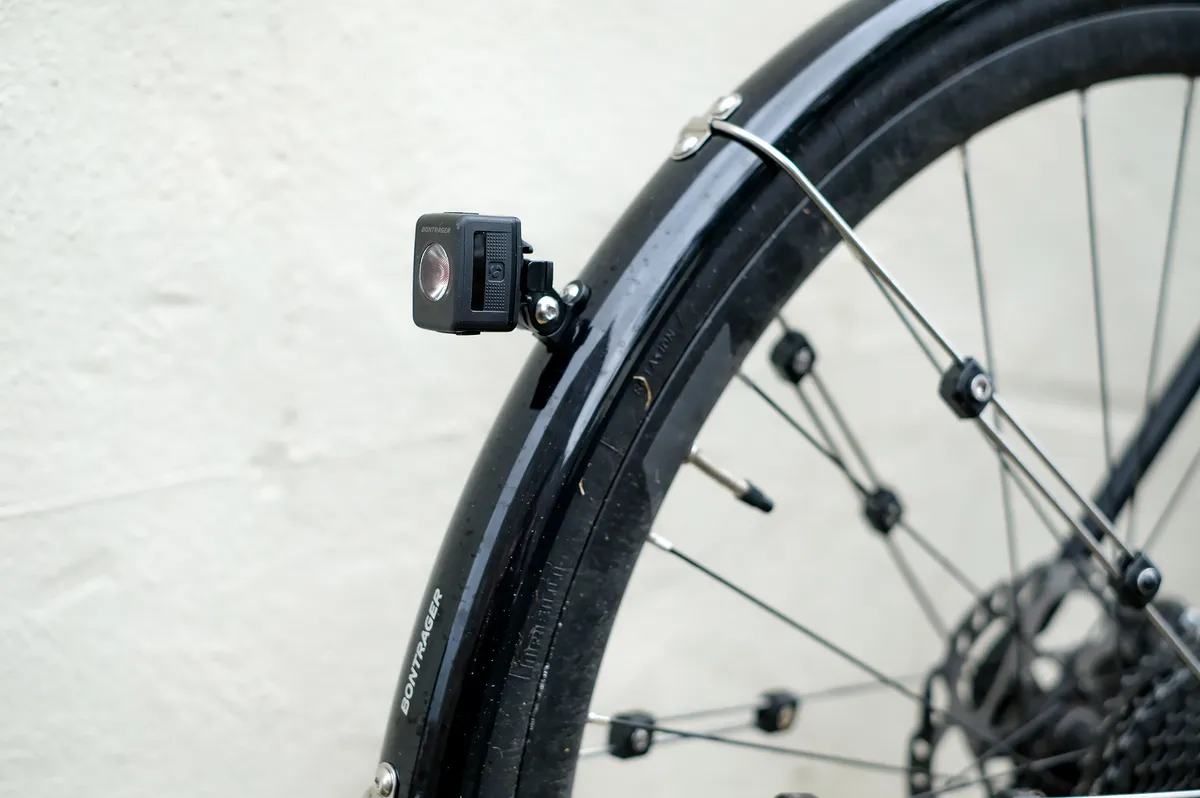
Make sure you’ve fully charged your lights before heading off at night and select a light mode that should give you the burn time to comfortably complete your journey. Claimed runtimes from manufacturers aren’t always accurate.
As we’ve already covered, it’s useful to have a second front and rear light, so you can run both on a lower power setting than your main lights to up battery life. That way, you won’t be left in the dark if one stops working.
Once your eyes become accustomed to the dark, it should be possible to dim your lights on less tricky terrain or where there’s street lighting, saving the brightest settings for technical trail stretches or unlit roads.
If you’re planning to do a lot of night riding, it might be worthwhile investing in a dynamo front wheel and light set, so you’re independent of battery power. A modern dynamo lighting system is very efficient and adds minimal drag.
6. Ride with caution
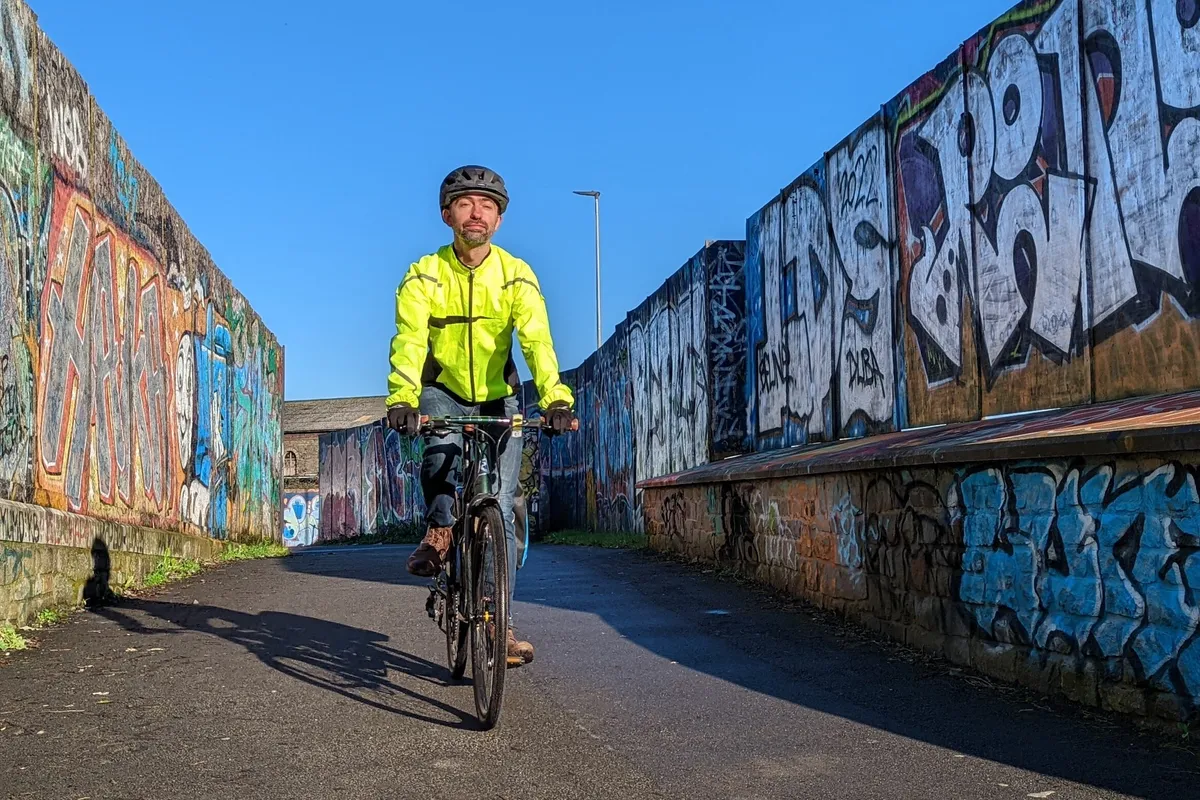
Familiar roads or paths will look different at night.
“Keep an eye out for hazards, such as slippery leaves, and where possible stick to riding on familiar road routes or else opt for better-lit paths,” says Bennett. You're more likely to hit unseen obstacles at night too.
Even if you know the route you’re riding, it will look very different at night. So don’t plan to take on anything too ambitious and don’t try to thrash it.
If you’re riding with others, leave enough space between you and the rider in front so your light won’t cast their shadow ahead of them, making it difficult for them to see their way. Also, if you’re riding in a group, avoid dazzling the rider behind you with an overpowered rear light.
7. Wrap up
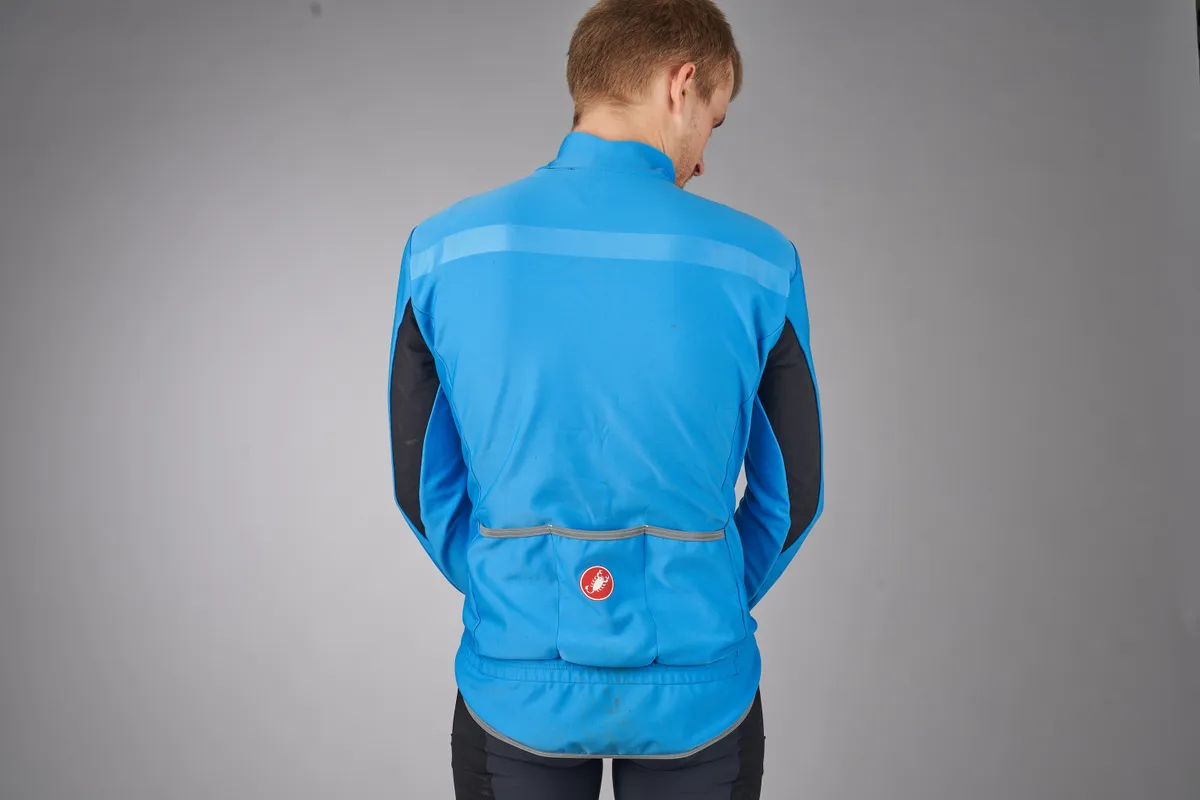
You don’t need us to tell you that it’s likely to be colder at night, but make sure you’re properly prepared for the conditions. If you’re planning to ride regularly through the colder months, investing in decent winter cycling kit will make all the difference.
Even on a summer night, it can get chilly, but a ride at close to 0°C in winter can be a very unpleasant affair if you don’t have the right kit. Swapping to full-finger winter gloves, tights and thicker socks will help keep your extremities warmer.
Mist or fog will chill you too, so it’s worth having water-resistant outer layers, even if you don’t expect rain. If rain is forecast, a quality waterproof jacket is essential.
8. Let someone know where you’re going
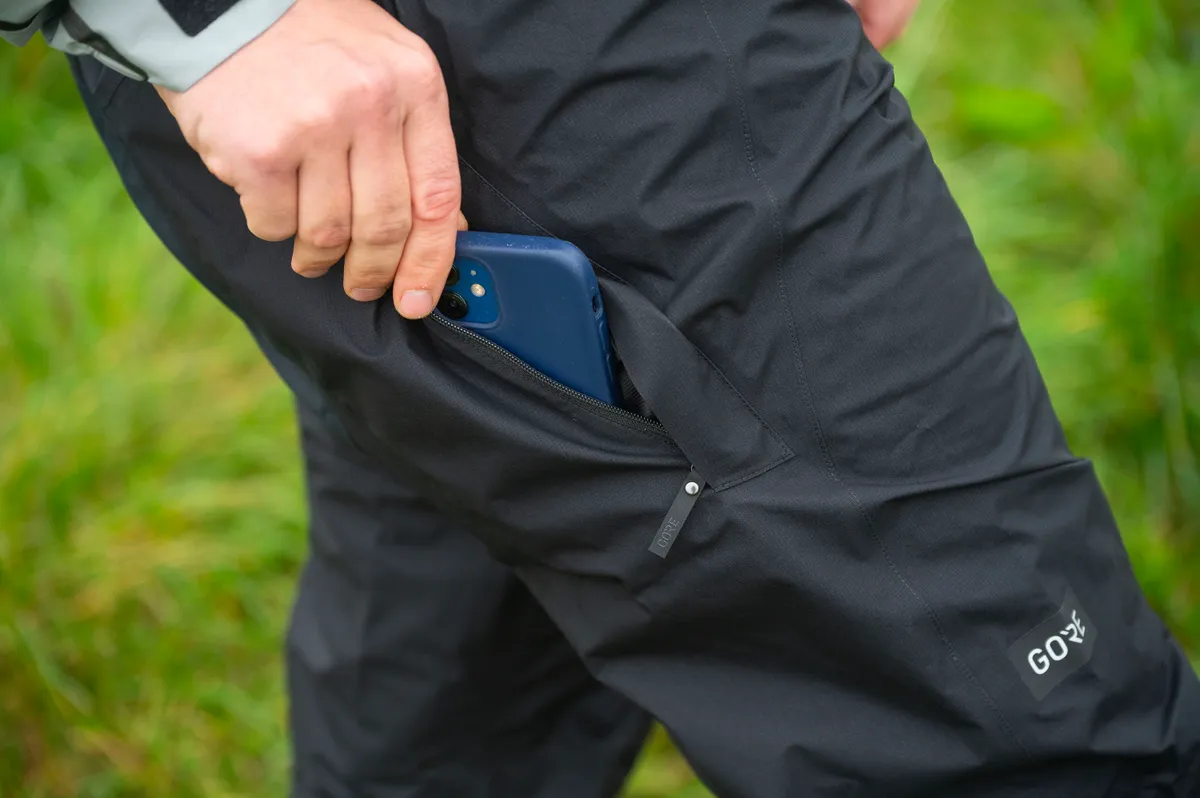
Let someone know where you plan to ride and how long you expect to be out for, particularly if you’re heading off-road.
There are far fewer people out at night to spot you if you have a mechanical or are injured, especially if you’re venturing off the beaten path.
You’ll also cool down quickly at night if you aren’t moving – another reason to wrap up or carry an extra layer in the event of an unexpected stop.
